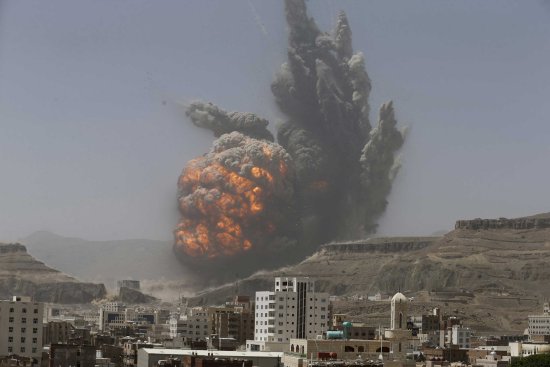
Mohammad Javad Zarif says U.S. and its allies must choose between "cooperation and confrontation"
Iran’s Foreign Minister has called for dialogue with the U.S. and Western allies to confront crises in its regional neighbors, saying civil war-torn Yemen would be a “good place to start.”
Mohammad Javad Zarif, who reached a framework agreement on his country’s nuclear program earlier this month with the U.S. and its negotiating partners, also tied the agreement to broader regional cooperation.
“To seal the anticipated nuclear deal, more political will is required,” he wrote in an op-ed article in the New York Times. “It is time for the United States and its Western allies to make the choice between cooperation and confrontation, between negotiations and grandstanding, and between agreement and coercion.”
Zarif, who was named this year as one of the TIME 100 most influential people in the world, said a forum for dialogue in the Sunni Persian Gulf states could help the traditional rivals to solve crises in Iraq and Syria, where the Islamic State of Iraq and Greater Syria has seized swathes of territory, and in Yemen, where Saudi Arabia has spearheaded airstrikes against the rebel Houthis, a Shi’ite group with ties to Iran. Iran denies allegations that it has armed the group and is calling for a ceasefire.
“If one were to begin serious discussion of the calamities the region faces, Yemen would be a good place to start,” Zarif wrote.
Yemen’s Tumultuous History in 12 Pictures












Underscoring the rising violence in Yemen, an airstrike Monday morning in Sana’a, the capital, set off an enormous explosion that shook the city and reportedly killed dozens of people.
Read more at the New York Times.